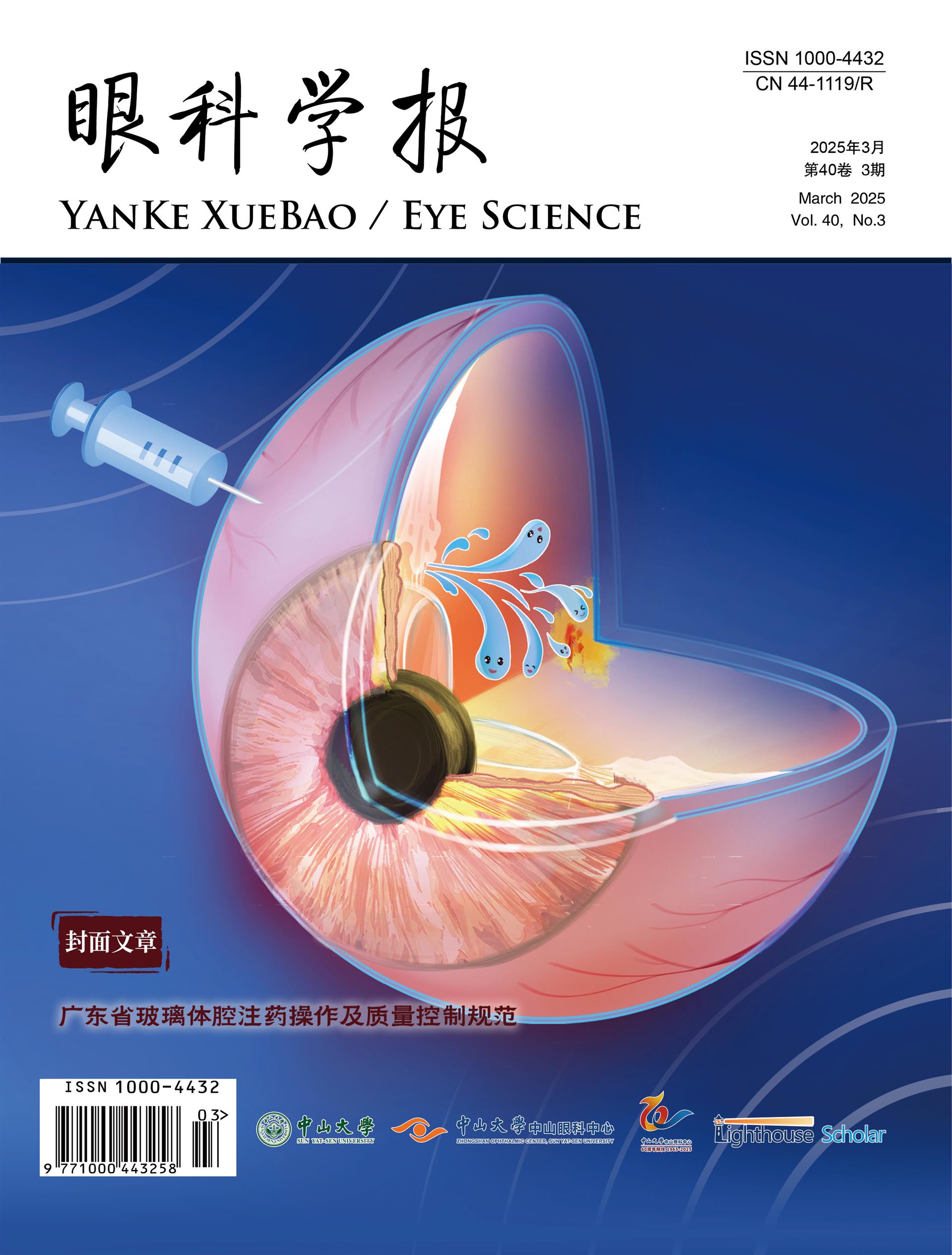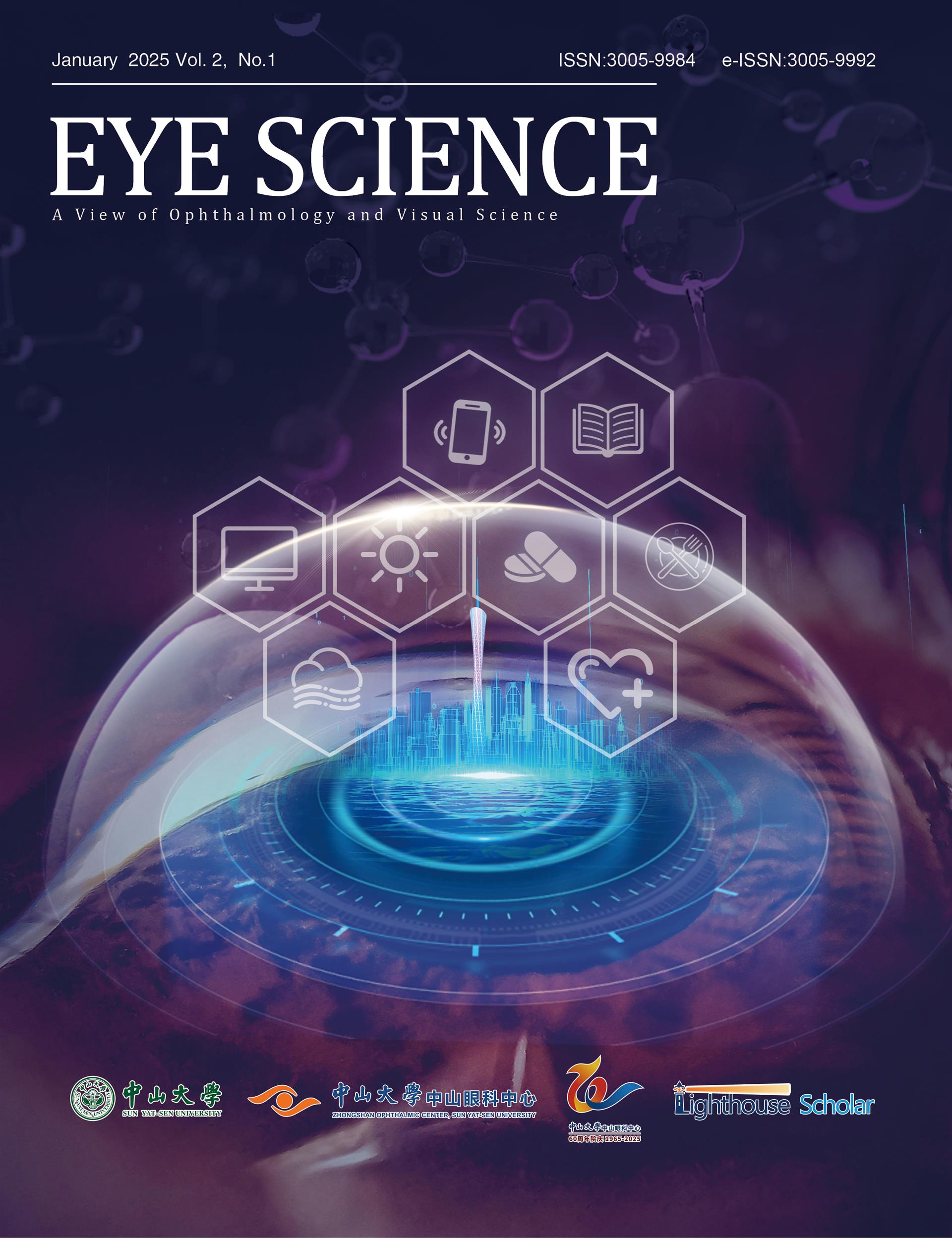In recent years, with the acceleration of digitalization and informatization in medical field, artificial intelligence (AI) is more and more widely applied, especially in ophthalmology. Infants are in the critical period of visual development, during which eye diseases can lead to irreversible visual impairment and bring heavy burden to family and society. Due to the particularity of infants and the shortage of pediatric ophthalmologists, it is challenging to carry out large-scale screening for eye diseases of infants. According to the latest studies, AI has been studied and applied in the fields of congenital cataract, congenital glaucoma, strabismus, amblyopia, retinopathy of prematurity, and evaluation of visual function, and it has achieved remarkable performance in the early screening, diagnosis stage and treatment suggestions, solving many clinical difficulties and pain points effectively. However, AI for infantile ophthalmology is not as developed as for adult ophthalmology, so it needs further exploration and development.

















